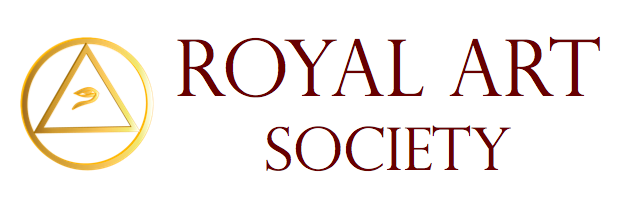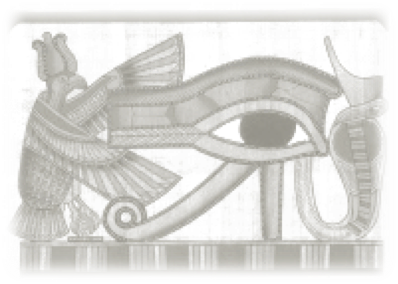The “Black Art” of Alexandria, Egypt
‘Alchemy’ means literally the ‘black art,’ because the word ‘alchemy’ is ultimately derived from the Egyptian khem, ‘black.’ Egypt referred to itself anciently as Khem or the ‘black land,’ for the fertile black soil irrigated by the Nile River, which supported crops to sustain human life, in contrast with the lifeless red soil of the distant barren desert. The later Arabic al-kimia, or ‘the art of transformation’ (‘al’ is the definite article ‘the’) thus refers to ‘the Art of Egypt.’
The late medieval English word ‘alchemy’ probably came into use, then, via a line of transmission and spelling transformations from the Egyptian word khem through the Greek, Arabic, medieval Latin and Old French languages. Another theory has al-kimiya derived from the Greek kymia, a word originally relating to the pouring together or infusion of vegetable extracts, which expanded to the casting together of metals to form alloys, and was then adopted for use in all chemical (“chymical”) operations. A Greco-Roman alchemist known as Chymes, who purportedly lived sometime in the early first millennium, was mentioned by Zosimos of Panopolis and is thought by a few to be the eponymous founder of alchemy.
The term ‘chemistry’ was first used in the early writings of Georg Pawer (Bauer), alias Georgius Agricola (1494 –1555 CE), a German mineralogist known as “the father of mineralogy.” A metallurgist also learned in physics, chemistry, geology and medicine, he is best recognized for his book De Re Metallica. His knowledge of metals and mining was the first to supersede that of first century Roman Pliny the Elder. The usage of the term was popularized by the pseudonymous work, De remediis secretis: Liber physicus, medicus, et partim etiam chymicus, written in 1552 by the Swiss Conrad Gessner, the founder of modern scientific botany, zoology and bibliography.
The Legacy of the Musaeum at Alexandria
The seed of the Western esoteric tradition, which would eventually branch out into the various systems discernible today, lay in the bosom of First Century Alexandria, Egypt. The city was founded in 331 BCE by Alexander the Great, to serve as the capital of Egypt, and soon became the intellectual center of the world. Its culture blended Chaldean, Egyptian, Hebrew, Persian, and Hellenistic influences to develop primitive alchemy, Hermeticism, Neo-Platonism and Kabbalah.
The Royal Art Society was born of tradition from many anonymous adepts and a significant number of prominent alchemists. Our heritage begins in the mysterious mists of prehistory, but the single most outstanding ancient landmark is the Musaeum of Alexandria, Egypt, known especially for its great library.
The scholars of the Musaeum of Alexandria were the founders of scientific method, geometry, trigonometry, mechanics, engineering, round earth theory, the heliocentric model of the cosmos, and the Academy of Medicine in Alexandria. Operating much like a modern university, the Musaeum was the center of learning, science and culture in the ancient world. It inspired the Renaissance, the Enlightenment, Freemasonry, the Age of Reason, the Scientific Revolution and the speculative or symbolic alchemy of today’s Western Mystery Tradition.
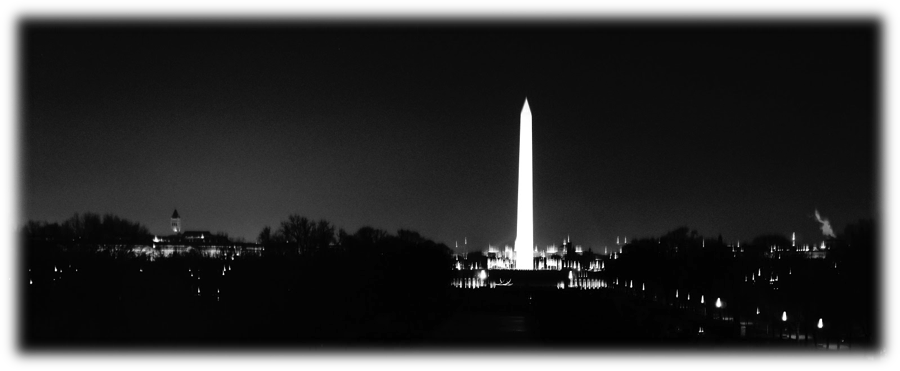
The Mysteries of Ancient Egypt
The Egyptian Mysteries centered on the four gods Osiris, Isis, Set, and Horus. Osiris was the corn, Isis was the land, Set was drought. The famed historian and biographer Plutarch (46 – 120 CE) recorded that Set murdered and dismembered Osiris to gain the throne, scattered the fourteen members of Osiris over the land. Isis found all of his limbs except the phallus, which she replaced with a pillar of gold. By her intervention Osiris was resurrected. This phallic resurrection myth was memorialized by the construction of the obelisk.
Isis, whose name means ‘Knowledge,’ was the original healer, first magician and the divine mother of Pharaoh. Osiris, her masculine counterpart, was the god of domestication, law, and worship of the gods. Isis healed Osiris, her brother and husband, from his brutal murder and dismemberment with words of power‑ the secret name of Ra the sun god. Thus Osiris became the King of the Dead and after his resurrection, the Lord of Creation and Way of eternal life. The powerful and wise Egyptian priest enjoyed reciting the story of Creation, or the “Line of Ra,” most certainly to his audience’s pleasure.
Learning in ancient Egypt, associated at the time quite closely with books, or more accurately, stelae and scrolls, marked the difference between the ruling class and the common people. One who followed this way of life, usually from youth, would become a scribe, able to compete in the world of public office. Students were taught in schools attached to the government by a government official, and a disciple probably remained under his teacher’s tutelage even into his coming into office.
The scribe prayed especially to Thoth, the god of Wisdom, whom the quintessential Egyptologist E.A. Wallis Budge describes as the divine intelligence, god of right and truth, “the measurer” of time and as such, god of the moon, depicted as a man with the head of an ibis, his sacred animal the dog-headed ape. Budge explains, “He was self-produced, and was the great god of the earth, air, sea, and sky; and he united in himself the attributes of many gods. He was the scribe of the gods, and, as such, he was regarded as the inventor of all the arts and sciences known to the Egyptians…”[1]
The Egyptian Thoth was identified by the Greeks as their Hermes, the Messenger, whom the Romans would call Mercury. The gods were understood to be the forces of nature in Egypt in 69 of the Christian Era when St. Mark the Apostle preached in Alexandria and Egyptian “Copts” were introduced to Christianity.
[1] E. A. Wallis Budge, The Egyptian Book of the Dead, Dover Publications Inc., New York, 1895, pp. cxviii-cxix.
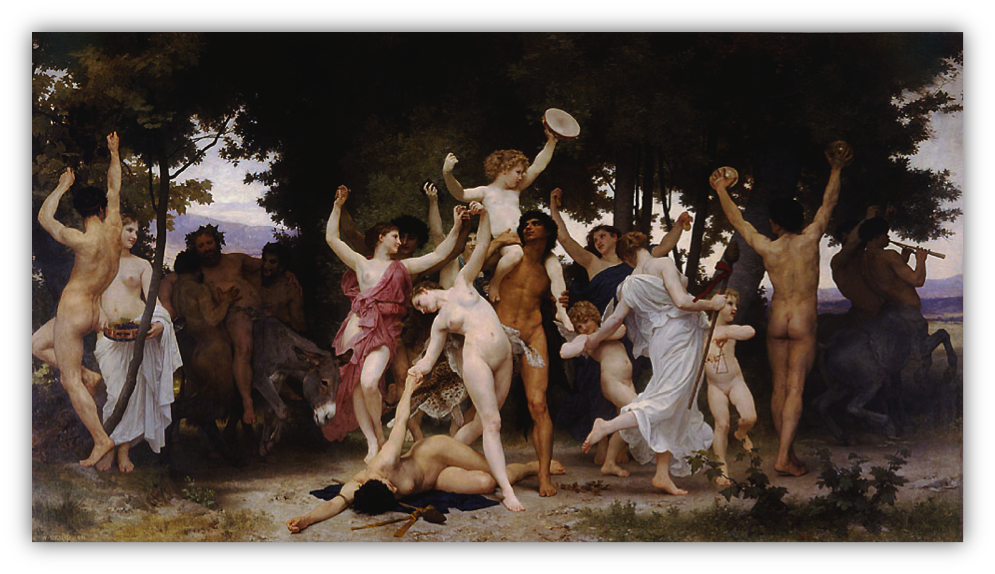
The Greek Mysteries
The root of the word “Mystery” is derived from the Latin mysterium, originating from the Greek myein, to close, especially the eyes and mouth, from which stemmed the Greek mysteria, the secret rite, and mystes, the mystic or initiate of the secret rite. Hellenistic identity lay in ethnic or political cults surrounding specific religious deities, philosophies such as Neoplatonism, and the Mysteries. Tradition in ancient Greece was normally assimilated through initiation into the religious or spiritual Eleusian Mysteries, the Orphic rites, Sophists or schools of philosophy, the court, the government, and the military.
The market place and other public places or events affected culture, but they did not represent fraternity, merely general socialization. The polis was a city of citizens, as distinct from a clan or spiritual organization. In the polis the center of life was the community and public service. Citizens developed a culture of leisure and conversation, athletics and theatre, education and appreciation of all aspects of man. Their endeavors in philosophy, literature, art and architecture were to have a profound effect on Western civilization.
Zeus was literally the father of the gods; his many children included the divine Hermes, Hephaestus, Aries, Aphrodite, Dionysus, Artemis (Apollo’s twin sister), Apollo, Athena and the Muses. Apollo, the god of light and the sun, was protector, healer and the prophetic god of the Delphic Oracle. Apollo slew the chthonic dragon-serpent named Python in the sacred cave at Delphi; and with his lyre he even bested in a musical duel the pan flutes of the chief of the gods of Earth, Pan.
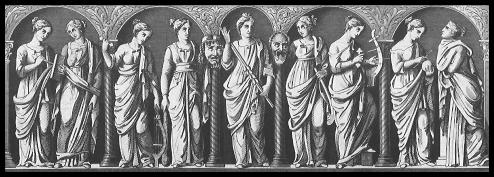
Apollo, Athena and the Muses
Apollo, who is often referred to as Apollo Musagetes, “he who leads the Muses,” was adored and followed by the nine sisters, daughters of Zeus and Mnemosyne (Memory):
- Calliope (Epic Poetry)
- Clio (History)
- Erato (Lyric and Anacreontic Poetry)
- Euterpe (Music)
- Melpomene (Tragedy)
- Polyhymnia (Rhetoric and Hymns)
- Terpsichore (Dance)
- Thalia (Comedy)
- Urania (Astronomy)
According to Homer (9th – 8th Century BCE), celebrated author of the Odyssey and the Iliad and recognized as the greatest of the Greek epic poets, “Muse” is from the Greek muein, to initiate into the Mysteries. The Muses were the daughters of Mnemosyne, Memory. The sphinx, itself, learned its infamous riddle at the feet of the Muses. The nine Muses governed the liberal arts, and the great library and museum at Alexandria, Egypt was dedicated to the nine sisters.
Later traditions would also honor the Muses, such the school of Pythagoras, the Academy of Plato, and the much later Parisian Masonic lodge of Benjamin Franklin, the Marquis de Lafayette, Jean-Antoine Houdon and Voltaire, la Loge des Neuf Soeurs, founded in 1776. This lodge is not to be confused with the lodge of the same name and similar mission founded by Joseph Jérôme Lefrançois de Lalande (1732 – 1807) in Paris 1776, in the tradition of the prominent atheist philosopher and scientist Claude Adrien Helvétius (1715 – 1771). Past Masters of Alexandria-Washington Lodge No. 22 in Alexandria, Virginia, the lodge that takes its name from its 1788 Charter Master, George Washington, helped form a new Mystery School Tradition lodge called Lodge of the Nine Muses No. 1776 in Washington, D. C. in 1997.
Apollo’s sister Athena, the Roman Minerva, was the goddess of wisdom. Identified with the Egyptian goddesses Isis, Neith and Ma’at, the Greek Pallas Athena inspired the name for the great city of Athens, the seat of Classical Greek philosophy and culture. Minerva was the patroness of the Bavarian Illuminati born in the age of Enlightenment. Athena is called Pallas, or ‘virginal,’ and was the goddess of wisdom, law and justice, the arts and crafts, commerce and civilization.
As a symbol of Human Reason, Athena was birthed fully mature and armed from the head of Zeus, without a mother, that is, immaculately conceived. Thus Athena partnered with Prometheus to steal “fire,” or knowledge, from Zeus to give to humankind as its rightful inheritance. The pair was revered as the patroness and patron of humanity and civilization.
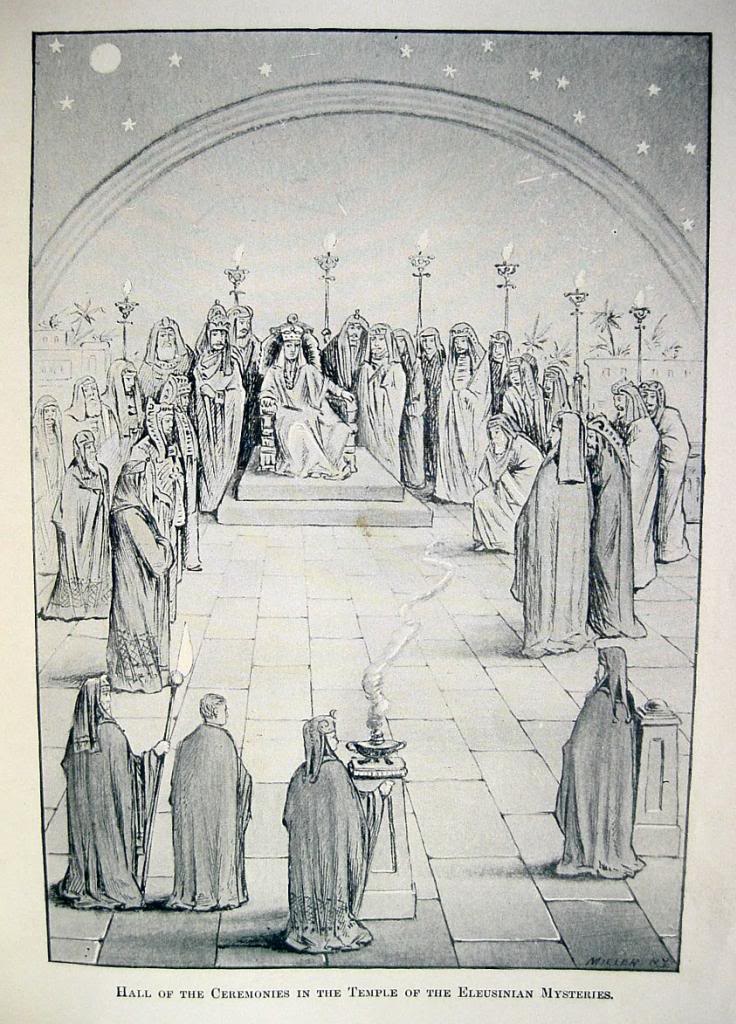
The Eleusinian Mysteries
The cult at Eleusis dates back beyond a millennium before the Christian Era. By the fifth century BCE there was a Hall of the Mysteries in Athens. The Hierophant, or high priest, presided over the Mysteries and grave offence it was, indeed, for any sworn member to reveal the secrets of the ancient institution. The Greek Mysteries of Eleusis followed the yearly crop cycle or life-death-rebirth scheme of the Egyptian Mysteries of Isis. The Mystery festivals were held on the equinoxes, the greater Mysteries associated with autumn, the season of the harvest. The goddess Demeter was the land and her daughter Persephone was the corn.
According to the myth, Pluto, the god of the dead, abducted Persephone, taking her to the underworld, while she was picking flowers one day. He made her his queen, but she was miserable, as all forced brides and other slaves must be. Demeter, so distraught at the violation of her loved one’s freedom and her own loss that she refused the ambrosia or sweet nectar of the gods, and searched the earth for her lost child until she came to Eleusis, near Athens.
Demeter remained in Eleusis to mourn for one year, refusing to allow the growth of vegetation, until she found her daughter. Zeus commanded Pluto to release Persephone when he saw animals and people perishing in large numbers. Unfortunately, Persephone had eaten the sacred pomegranate, which bound her to return to the underworld for one third of every year. Thus, according to the myth, began the cycle of the seasons.
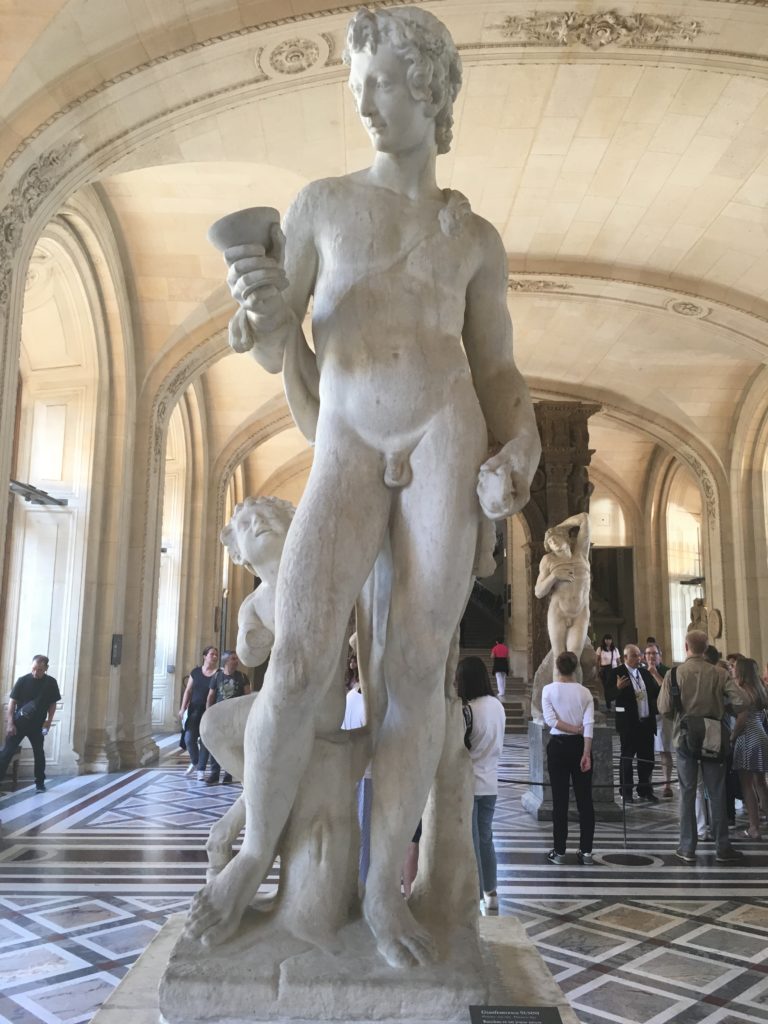
The Dionysian Mysteries
Dionysus, also known as Bacchus, was a wanderer from Thebes, who taught the Mysteries of immortality and the cultivation of the vine. His father was the Divine Lord and his mother a mortal woman. He was a mild god but he allowed his followers to kill. A train of women called the Maenads accompanied him, who worshipped in the wildest mountains, deepest forests, hills and woodlands. Dionysus provided them food, drink and freedom; dancing and singing they hunted wild goat to feast upon raw flesh, frenzied by wine, and they lived in divine ecstasy. Dionysus was inspiration. He gave his followers the power to do what they thought they could not. He was a symbol that mortals could find it within themselves to become divine.
The playwright Euripides (480 – 406 BCE) in “The Bacchae” told the story of the important encounter between the god and a jealous king. Jealous of the Bacchic rituals and its peace-mongering central male figure, the angry King Pentheus of Thebes sent his soldiers to seize Dionysus, who did not flee or resist arrest, but rather made it easy.
When face to face, the god invited the king to recognize the former’s divinity, warning that God was present and would set his son free. After stating that Pentheus could not see God because he was not pure, Dionysus was taken to prison, which he escaped. When Pentheus pursued Dionysus and his followers into the mountain wilds he was torn to pieces by the Maenads.
Although there is no way to know exactly what occurred during the rituals of the Mysteries, there is evidence to suggest that the proceedings were a sacred drama complete with torches and sacred objects, music and dancing, and possibly a chant for the sky to rain and the earth to conceive. The initiate was assured of immortality. Other Mystery cults centered on the gods Orpheus, Cybele, the Samothracian Cabeiroi, or the Persian Mithra (Roman Mithras).
The central theme of the Mysteries was the immortality of the soul. Although originally an exclusive membership, the Hellenic Mysteries progressed to include Greeks and “barbarians,” men and women, freemen and slaves, which foreshadows the similar evolution of the modern Mystery School equivalent, Freemasonry.
Go to Candidate’s Introduction Part V:
Origins of Western Alchemy: Magic and Science
Go to the Candidate’s Handbook:
The Early Alchemists of the West
